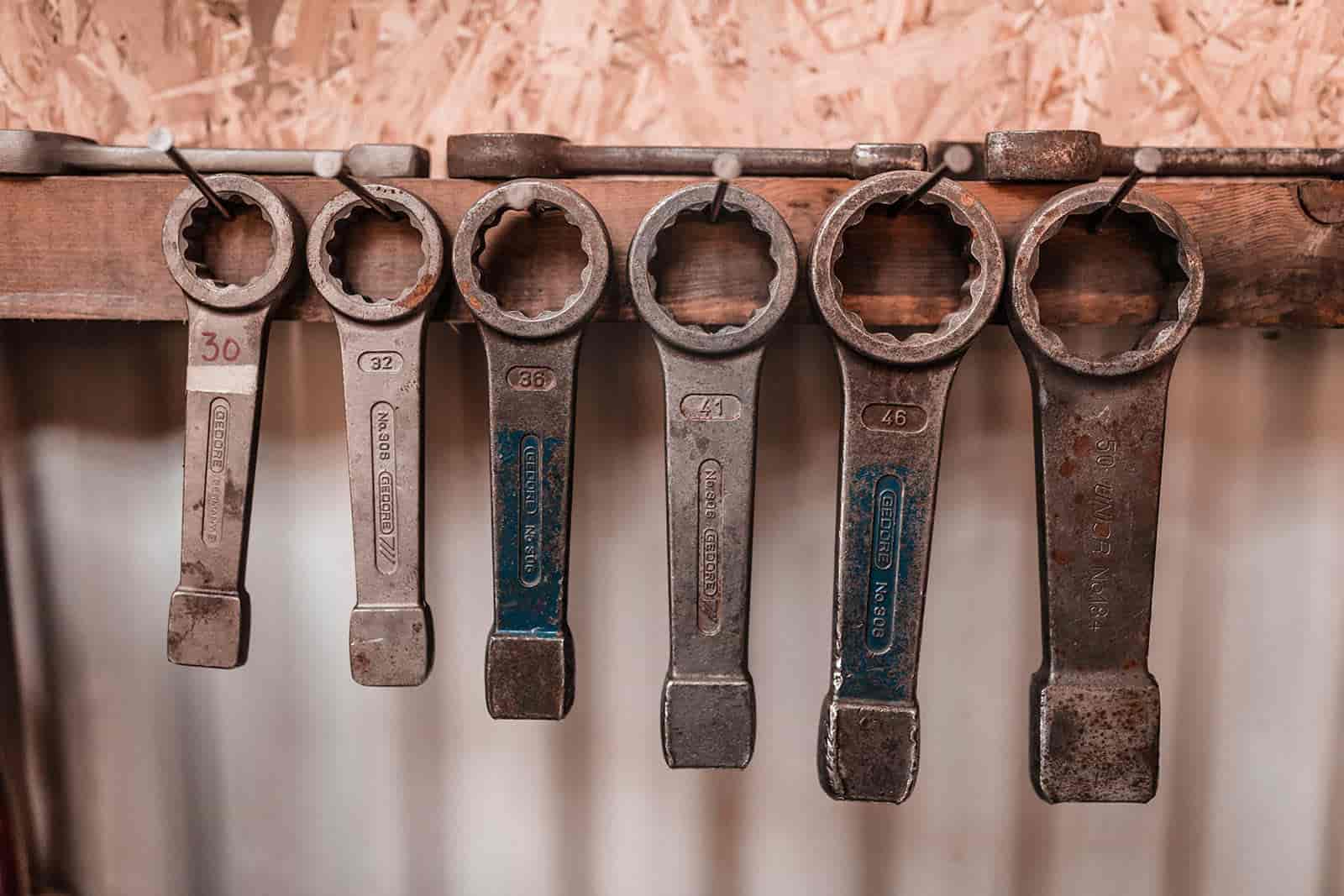User Interface (UI) Design, User Experience (UX) Design, and Interaction Design (IxD) are three associated terms often used interchangeably. Have you ever wondered whether there is really a difference between UI Design vs UX Design vs Interaction Design? Well, there are differences among them. This article explains the relationship between these terms and their job prospects.
UI Design vs UX Design vs Interaction Design: Similar but different

- UX Design: UX Design is a higher order concept that encompasses numerous design aspects along with a user’s journey on a system, platform, software, or application. It includes UI design, Ix design, communication design, application design, information architecture and more. The goal of UX design is to facilitate the best feeling a user receives while operating on a device.
- Interaction Design: IxD is “the practice of designing interactive digital products, environments, systems, and services” (Cooper, Reimann, Kaye, 2007). It focuses on designing the flow whereby a user could locate information easily while enabling the achieving of her information goal in each interaction. The notion of usability in a digital product is often associated with good interaction design.
- UI Design: UI Design is the design of interfaces for devices, and is focused on the graphics creation aspect.
What exactly does a UX Designer or a UI Designer do?
While the terms UX Design, Interaction Design and UI Design can be very confusing at times, the role of UX Designer and UI Designer are more clear-cut. The comparison for the role of Interaction Designer is left out on purpose as interaction design is normally part of the daily job of a UX Designer.
Do not follow the textbook definition or the expert definition!
There may be some standard definitions of UX Designer/ UI Designer from Wikipedia or industry experts. However, do not assume that those will be your job responsibilities when you are applying for a job.
Each role for UX Designer or UI Designer is unique due to the fact that every company has different team structure and varying needs. Therefore, instead of trying to get the correct definition, do more research on the company you are applying for. Use the top-down method in your research:
- Start with the big picture. In addition to the company name, you should also read about its products and services.
- Read every word of the job posting carefully.
- Go to LinkedIn and hunt down the employees with the similar role to read their descriptions. Set your profile to private if you want to stay anonymous.
- Alternatively, you can also try Glassdoor. Albeit its smaller pool of user base, the reviews are usually more honest and insightful than in LinkedIn. You will get a peep into how it is like working in the role.
General Job Scope of A UX Designer and UI Designer
In a small team, a UX Designer will need to take up more functions and responsibilities due to the limited resources. Nonetheless, this is a tremendous opportunity for your career. You will get the chance to see the big picture of UX process. On the other hand, a big team will normally be more established with more mature process and techniques employed.
Regardless of whether you are a small team or big team, your main bulk of work as a UX Designer should fall under one of the UX processes:
- User Research
- Design (Persona, user journey map, storyboard etc)
- Wireframing and Prototyping
- Testing
On top of the UX processes, you will also liaise and communicate with product manager, developer, UI developer etc to achieve the same business goal.
As for a UI Designer is usually responsible for everything related to design from UI elements (icons, tabs, menu etc) to UI prototype.
Conclusion
- UI Design vs UX Design vs Interaction Design are different but interrelated. UI Design is a subset of Interaction Design while Interaction Design is a subset of UX Design.
- In recent years, the role of UX Designer is getting popular and in high demand. While each company has its own job description for UX Designer, you won’t go wrong assuming that it will revolve around the key UX processes.

Sample User Experience (UX) Designer Job

Sample User Interface (UI) Designer Job



















